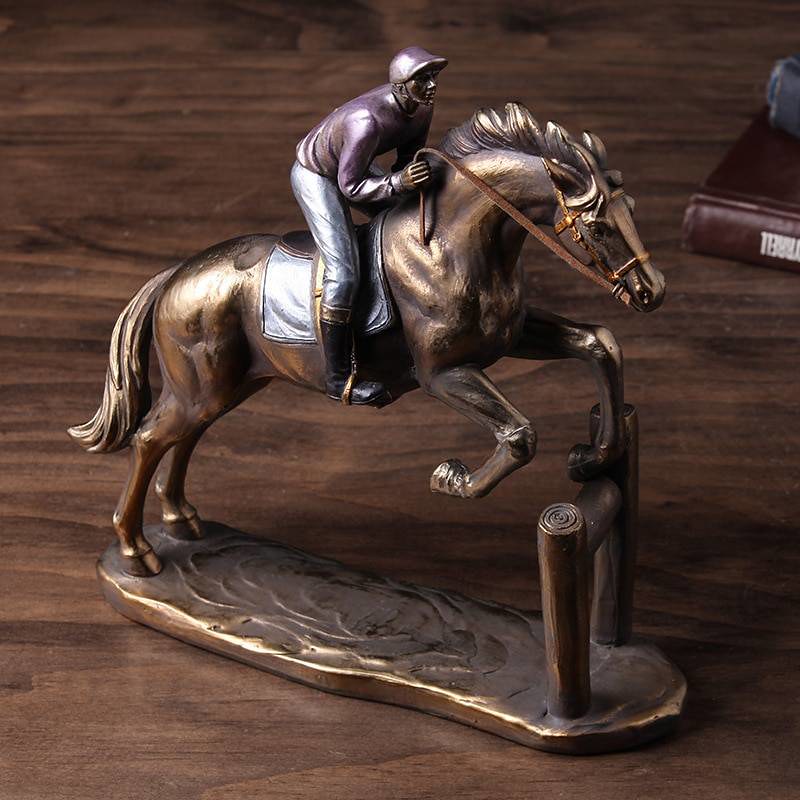As the temperature drops, horses burn more energy to remain warm, subsequently their vitality requirements will increase. We will present our horses further energy in the type of concentrates and forage. Forages are digested by the microbes in your horses giant intestine and produce extra heat than concentrates. An important analogy is to compare focus and forage to your wood stove. Concentrates are your kindling and Forage are the logs. Ideally a horse would obtain free selection hay all through the winter. How much additional forage does your horse want to stay warm? Then they can regulate in the event that they want more or less through the day and night time. Some of us have easy keepers who would not do well on free alternative hay! For these horses, we need to regulate their intake. Weigh out their hay and supply it in small hole hay nets to prolong their amount of chew time. The very first thing you want to do is find out how much your horse weighs. Utilizing body length plus coronary heart girth tends to be extra correct. I recommend using the following methodology versus a weight tape that solely wraps round the heart girth. Utilizing a delicate measuring tape (the kind often present in sewing kits) measure your horses coronary heart girth and write the number of inches down. Subsequent, measure the body length from level of shoulder to level of hip, and write it down. Write down the HG and BL additionally, this will assist make sure you that you're measuring at the same location each time. Make sure you write it all down to refer to all through the winter. If famous horse statues you're a few inches off, almost certainly you might be measuring from a barely different location (until you'll be able to tell by looking that your horse has clearly gained or lost weight). Strive to find landmarks. Paint horses have nice landmarks! Now that you know how a lot your horse weighs, you possibly can determine how a lot hay he must eat. Your common horse in best weight ought to devour 2% of his body weight. Some exhausting keepers require upwards of 2.5% of body weight. In case you have an overweight horse, you may drop right down to 1.5% of his body weight, but no lower than that or you may be creating an entire other set of points! 23lb of hay per day. Max weighs 1,159lb and must eat 2% of his body weight. When the temperature drops beneath forty five degrees F (including wind chill) horses start to burn extra vitality to stay heat. This forty five degree mark known as "Vital Temperature". For every 1 diploma F beneath the critical temperature, your horse will require a 1% increase in digestible energy (DE). As with every part horse associated, there are a whole lot of variables to this rule, such as wind chill, rain/sleet, your horses coat thickness or in case you blanket. Think of digestible energy like your horses calorie requirement. Since horse nutrition is 90% math, lets get back to that! If I continue with the math we'd calculate your horse's DE necessities, subsequent calculate how a lot extra DE is needed for your present temperature, subsequent check your hay to see exactly how a lot DE it provides per pound, lastly calculate how a lot additional hay will present the additional DE required for the present temperature. If it's 20 levels F where our buddy Max lives he would want an additional 2 1/2-5lb of hay. This guideline is for horses at upkeep or gentle work. Further hay will probably be needed if your horse is a tough keeper, in heavy work, or on poor quality hay.
